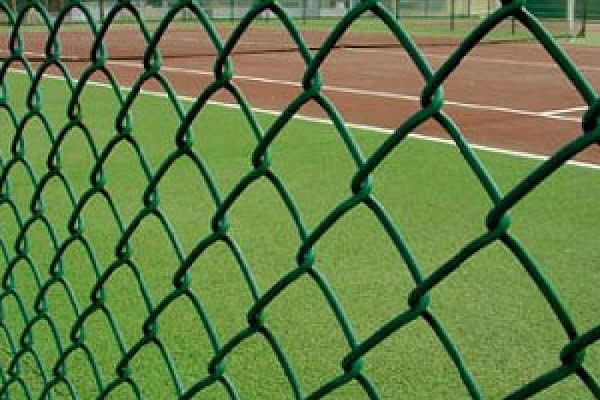Stone wall cages, commonly known as gabions, have become a revolutionary product in the world of landscaping and construction. Their multifunctional use appeals to professionals seeking both aesthetic and practical solutions in various projects. From enhancing the durability of riverbanks to creating urban art installations, gabions showcase a fusion of engineering prowess and design innovation.

The practical advantages of stone wall cages are countless. Constructed by filling wire mesh containers with stones, these structures offer a robust and flexible barrier that excels in erosion control. Gabriel Collins, a civil engineer with over two decades of experience, praises their adaptability, highlighting a recent project where gabions were used to reinforce a flood-prone riverbank. “Their strength paired with permeability makes them ideal for such settings,” he remarks, emphasizing how water flows through while sediment is trapped, gradually stabilizing the landscape.
Aesthetically, gabions offer a rustic yet modern appeal, making them a favorite among landscape architects. Melissa Green, renowned for her sustainable garden designs, often incorporates stone wall cages in her projects. “Their natural look blends seamlessly into gardens and parks,” she explains, “while their customizable nature allows creativity in pattern and material choice.” By selecting stones of varied colors and textures, designers achieve a unique visual effect, ensuring no two installations are alike.

Furthermore, stone wall cages stand out for their sustainability. The materials used, primarily locally-sourced stones and recyclable metal cages, align with eco-friendly practices. They have a low carbon footprint compared to traditional concrete structures, an appealing factor for environmentally conscious projects. The longevity of these cages often surpasses traditional methods, reducing the need for frequent repairs and replacements.
Their role in urban development extends beyond aesthetics and environmental benefits. On college campuses, gabions are used as seating areas and retaining walls, providing functional yet attractive spaces for students. In commercial settings, they contribute to noise reduction, an often-overlooked benefit, as the dense stone packing diminishes ambient noise levels.
stone wall cages
The economic benefits of gabions cannot be overlooked. Their installation process is straightforward and requires minimal labor, translating to lower costs. The flexibility in scale and design allows them to fit various budget constraints, from small private gardens to large-scale public projects. With durability that withstands harsh weather conditions, they are a cost-effective long-term investment.
When selecting stone wall cages, it's crucial to consider the wire gauge and corrosion resistance of the mesh, ensuring longevity and structural integrity. Experts like Dr. Lydia Park, a materials scientist, underscore the importance of selecting high-quality galvanized or PVC-coated wire. “Investing in quality materials upfront prevents future failure,” she advises, reinforcing the need for informed decisions in product selection.
Trust in the expertise of suppliers and installers is paramount. Choosing established companies with a proven track record of successful installations guarantees not only the product’s durability but also the expertise in handling site-specific challenges. Tony Wallace, a project manager who specializes in gabion walls, recommends verifying past projects and client testimonials to gauge the reliability of a potential supplier.
Incorporating stone wall cages into your project not only leverages modern engineering techniques but also imbues a timeless aesthetic that respects and enhances the natural environment. As these versatile structures continue to gain popularity, their application expands, affirming their status as a crucial component in sustainable design and construction. Through careful selection and expert installation, stone wall cages offer a blend of beauty, strength, and sustainability that is hard to beat.
 TEL:
+86-13102802206
TEL:
+86-13102802206
 Email:
fencenetting@china.com
Email:
fencenetting@china.com
 Language
Language
 TEL:
+86-13102802206
TEL:
+86-13102802206
 Email:
fencenetting@china.com
Email:
fencenetting@china.com
 Language
Language



